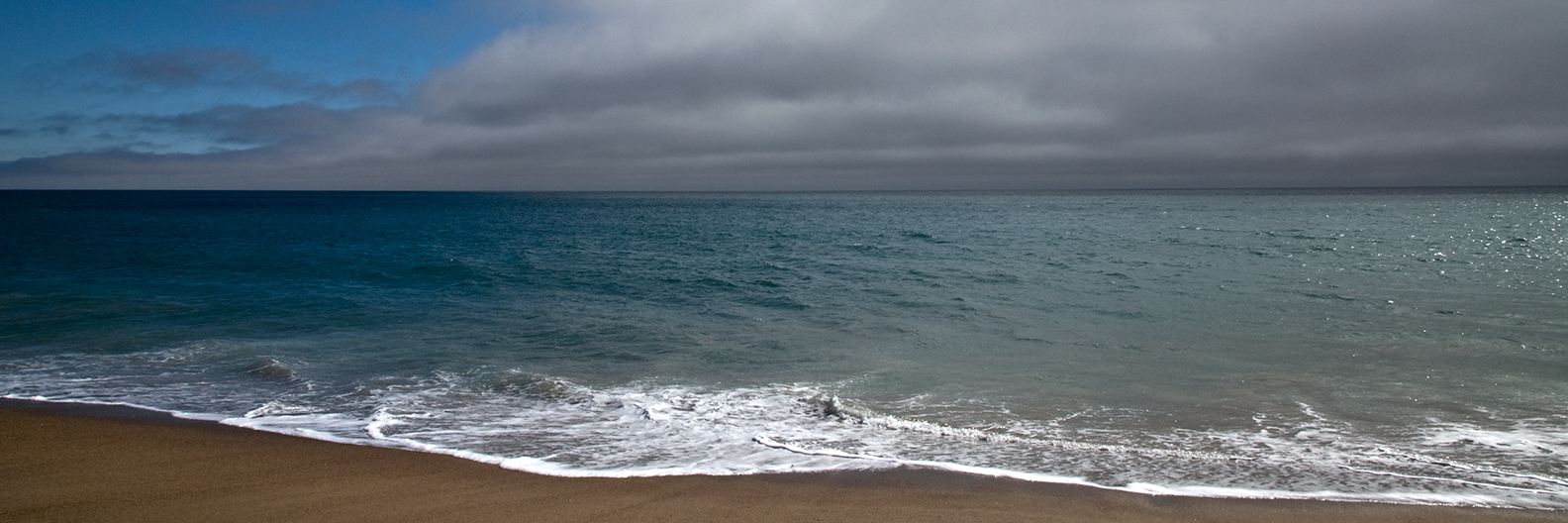Following is a little discussion of my Olive Experience of 2010-2011 using olives harvested from the Manzanillo olive tree in our front yard.
Harvesting
Olives ripened at different times on the same tree. In addition, the size of the individual olive seemed to vary; some olives were obviously starting to ripen even though they were much smaller than the average. I waited until I had a mixture of ripe (darker) and unripe (green) olives, then harvested them all within a period of two days.
I’m now thinking, however, that olives should be picked over a period of weeks, as they show signs of ripening (becoming darker and blacker). This is because it seemed that the greener olives took forever to cure using the home brining method.
Curing
There are a number of methodologies to be found via Google. I used four tablespoons of pickling salt to one quart of water. (Actually, I needed two quarts of water to cover the olives, so, eight tablespoons of salt.) After slicing through each olive on one side (to hasten the brining procedure) I placed the olives in a large glass jar, poured the salt mixture in, then floated a plastic Ziploc with some water inside it on top of the jar. The jar was then placed on a shelf in the garage. Every weekend I’d bring the jar into the kitchen, pour out the mixture, rinse the olives off, then pour in a new brine.
I started the procedure on November 7th. After a matter of some weeks it became evident that the riper olives were losing their bitterness much faster than the greener ones. I separated those olives out on January 2nd and placed them in the marinade (recipe below).
They were good! We served them to a large gathering at our house in January to much acclaim.
Meanwhile, I continued the brining procedure with the non-ripe olives. At one point I gave each olive a second cut with a paring knife, hoping to introduce more of the brine into the interior of the olive. In spite of persistent bitterness by the end of February I decided to marinate them as well. A few weeks in the marinade seems to have served to take the edge off the bitterness as well as introducing more flavor. And, they're crunchy!
So in the end the whole process took much longer than I had initially thought it would.
Not weeks. Months.
Marinade:
1/4 C Kosher salt
1 qt water
1/2 cups white wine vinegar
1/2 teaspoon dried oregano
1 bay leaf
2 cloves garlic








































